Living near the coast offers breathtaking views and a peaceful rhythm of life, but it also comes with one major challenge: humidity. Coastal communities have long mastered the art of building homes that resist moisture, mold, and decay without sacrificing beauty. From elevated structures to smart ventilation systems, every design choice serves a purpose. These strategies blend traditional craftsmanship with modern science, ensuring that homes remain strong and comfortable despite the damp, salty air that surrounds them.
1. Elevated Foundations and Stilt Designs

Coastal homes are often raised on stilts or elevated foundations, a practice that became widespread in the early 1900s along flood-prone shores. Elevation keeps structures above storm surges and allows air to circulate freely underneath. This steady airflow prevents trapped moisture, wood rot, and mold growth. Builders frequently use treated timber or concrete piles for extra strength. The elevated space below can serve as shaded outdoor storage or a breezy seating area, combining practicality with comfort. It’s a time-tested way to protect homes from both water and humidity.
2. Use of Moisture-Resistant Materials
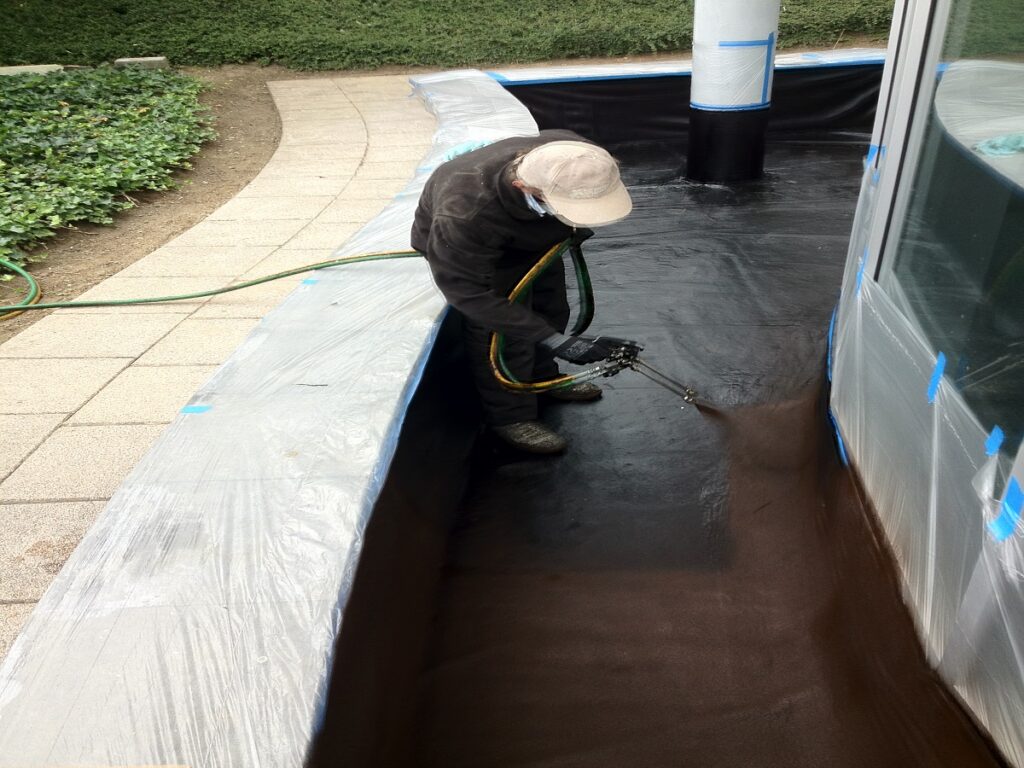
In humid coastal regions, material choice is crucial for longevity. Since the mid-20th century, builders have favored fiber cement siding, pressure-treated wood, and galvanized metals for their ability to withstand constant moisture. These materials resist warping, corrosion, and decay better than traditional wood. Marine-grade paints and stainless-steel fasteners add further protection against salty air. Beyond functionality, they also maintain an appealing finish for years. This careful material selection ensures coastal homes stay strong and elegant even under relentless humidity and sea breezes.
3. Strategic Roof Ventilation Systems
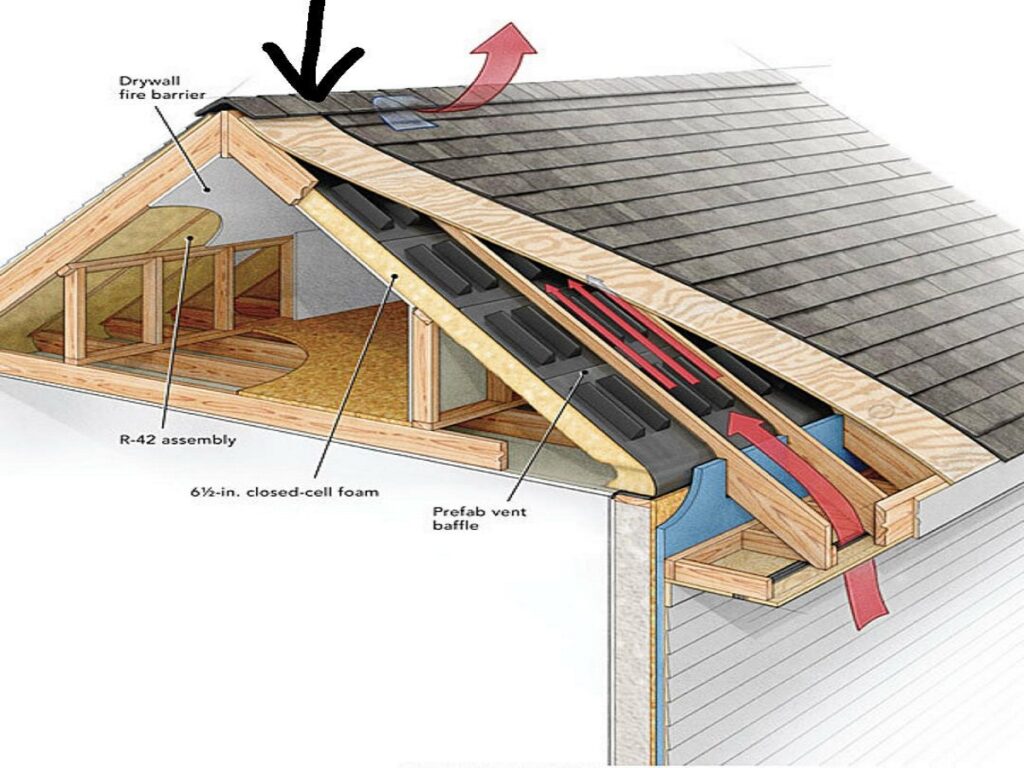
Proper roof ventilation is vital for controlling interior humidity levels in coastal homes. After the 1970s, ridge vents, soffit vents, and gable fans became common to release trapped heat and moisture from attics. This continuous airflow prevents condensation and mold from forming on beams and insulation. Some modern designs integrate solar-powered fans, combining sustainability with function. By maintaining cooler, drier air circulation, these systems extend the lifespan of the roof and create a balanced indoor climate, one that’s both comfortable and energy efficient year-round.
4. Wide Overhangs and Deep Eaves
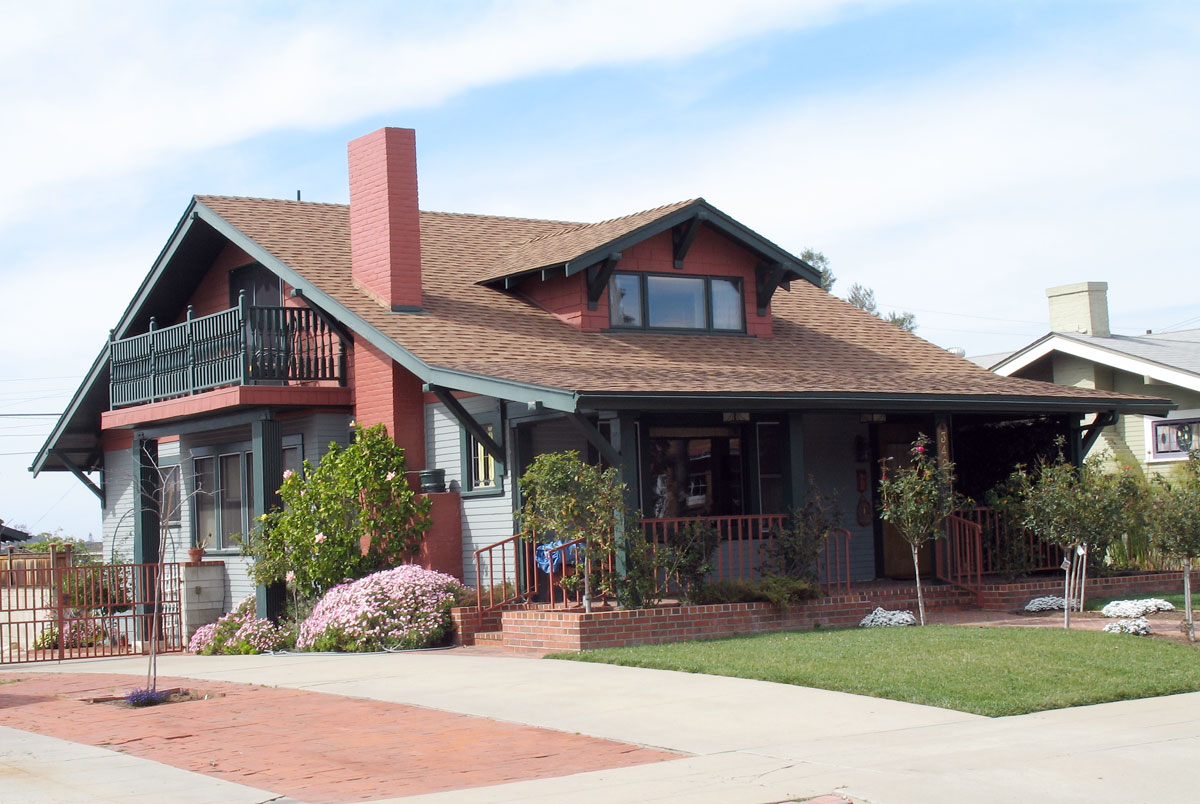
Wide overhangs and deep eaves are hallmarks of coastal architecture, particularly in tropical climates. These design elements protect walls and windows from direct rainfall and harsh sunlight, reducing heat gain and water damage. The shaded spaces they create promote airflow and outdoor comfort. Builders in humid zones often extend eaves up to three feet to improve ventilation while keeping rain away from the foundation. Besides being visually striking, this architectural style effectively manages humidity, blending form and function to enhance a home’s resilience and livability.
5. Cross-Ventilation through Layout Planning
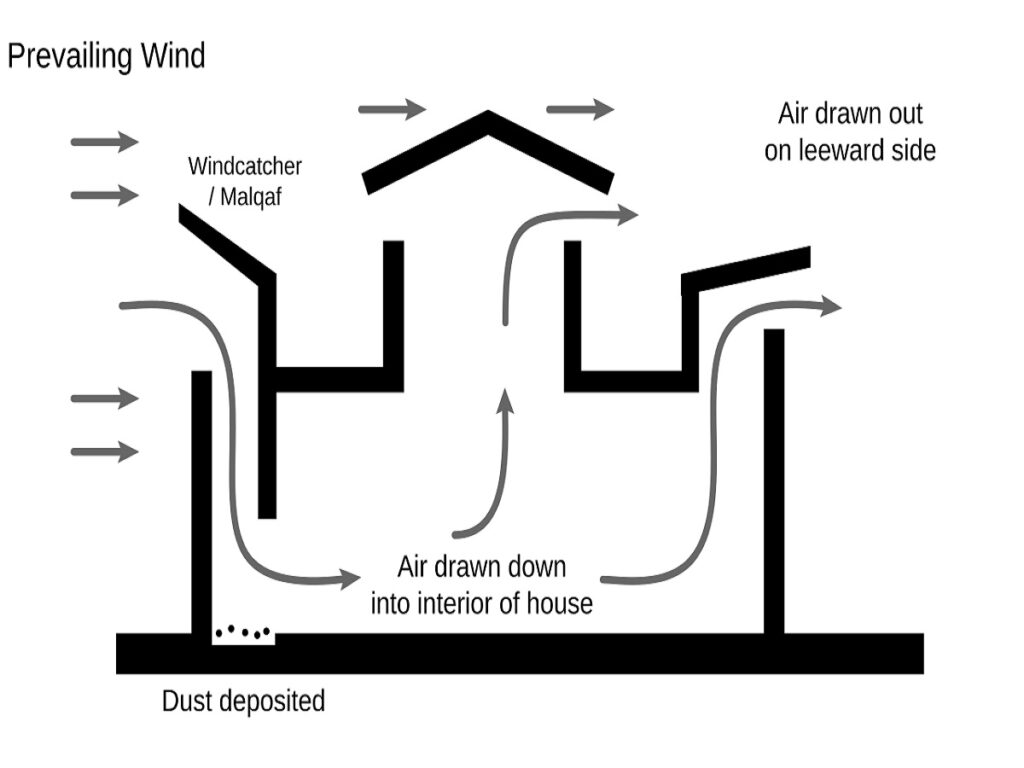
Cross-ventilation has been a cornerstone of coastal home design for centuries. Early builders oriented windows and doors opposite each other to capture ocean breezes and promote steady airflow. This natural circulation eliminates stagnant air and reduces the need for artificial cooling. Modern architects refine the idea with open floor plans, high ceilings, and operable louvered panels that maximize the movement of fresh air. The result is a naturally dehumidified interior that stays cool and airy, proof that thoughtful layout planning remains a timeless humidity-control strategy.
6. Dehumidifying Landscaping Choices

Humidity management begins long before a home is built with the landscape. Contemporary coastal landscapers design gardens using salt-tolerant plants, gravel beds, and raised soil structures that improve drainage. These choices reduce standing water and prevent moisture from collecting near foundations. The practice gained attention in the late 20th century when dense vegetation was found to trap humidity and encourage mold. Today, minimalist landscaping not only looks neat but also protects the home’s structure, helping control humidity levels naturally from the ground up.
7. Reflective Roofs and Light-Colored Exteriors
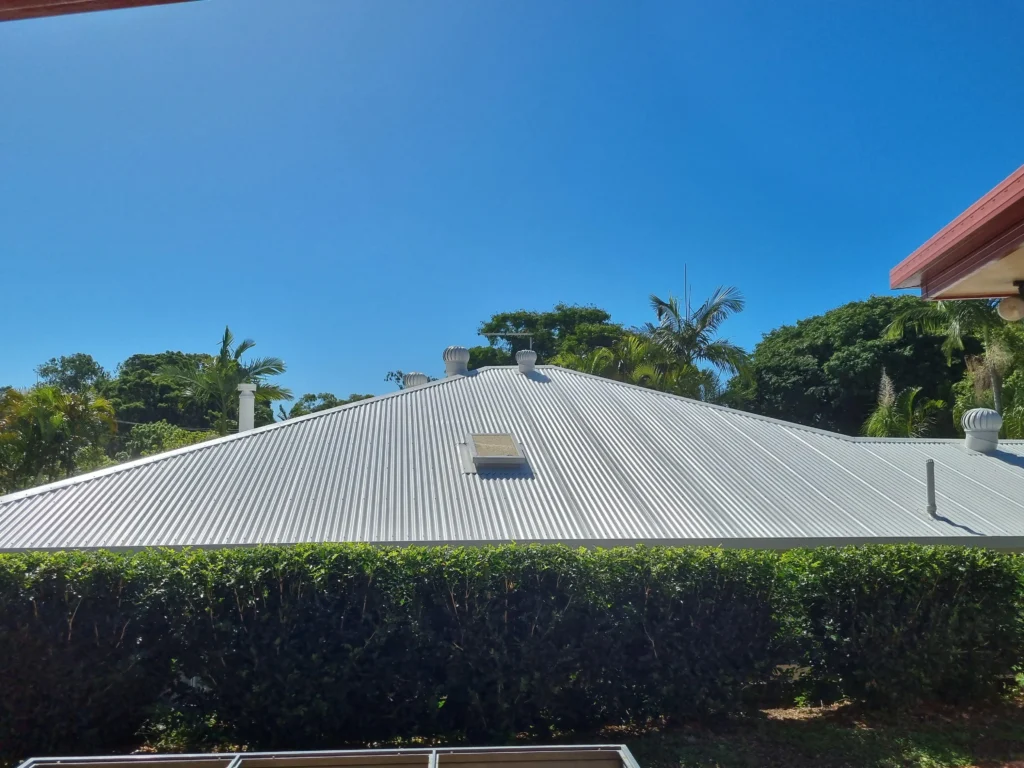
Reflective roofs and pale exteriors are now essential components of coastal architecture. First popularized in the 1980s, these choices reflect sunlight and lower interior temperatures, which in turn reduces humidity buildup. Metal or ceramic roofing with reflective coatings deflects heat, while white or pastel walls prevent moisture condensation. These materials work together to maintain a cool, dry environment even on humid summer days. This approach is both energy-efficient and visually appealing, allowing homes to stay fresh and inviting in coastal heat and humidity.
8. Open Porches and Screened Verandas
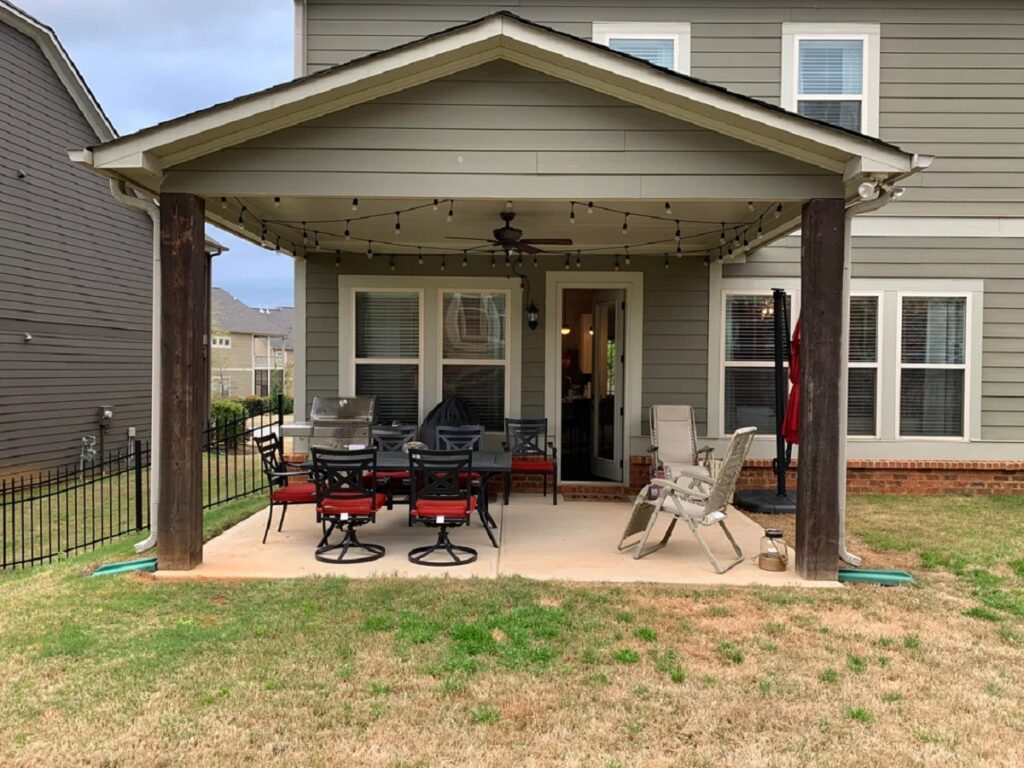
Open porches and screened verandas are more than just charming additions; they’re practical humidity buffers. Originating in 19th-century Southern architecture, they offer shaded, breezy spaces that let moist air disperse before entering the home. Modern versions use rust-proof frames and fine mesh that withstands salty coastal winds. These areas act as natural transitions between indoors and outdoors, preventing dampness from spreading inside. Beyond their function, they foster relaxed coastal living, where fresh air and comfort coexist beautifully in a well-balanced environment.
9. Smart Home Technology for Climate Control

Modern technology has revolutionized humidity management for coastal homes. Since the 2010s, smart thermostats, automated dehumidifiers, and sensor-based ventilation systems have offered real-time control over moisture and temperature. These systems adjust airflow based on weather patterns and indoor conditions, preventing mold and mildew growth. Many homeowners link them to mobile apps for remote monitoring, an advantage for vacation properties. By integrating smart systems with traditional coastal designs, residents achieve the perfect balance of innovation, comfort, and moisture resilience in every season.
Comments